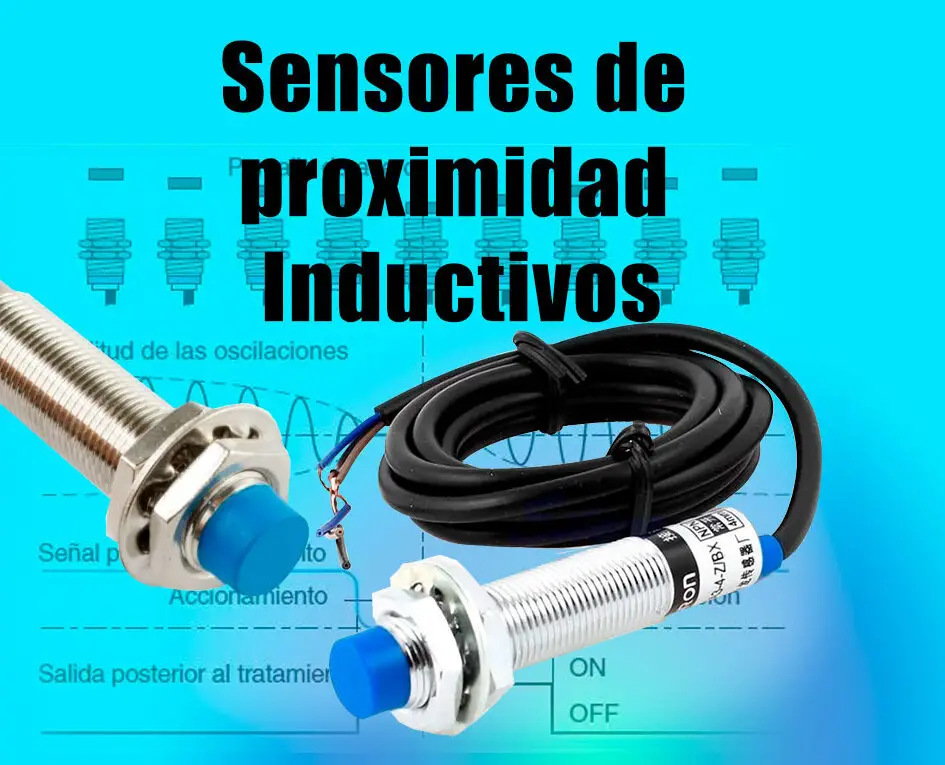Understanding the difference between npn and pnp in sensors
Discovering the key between NPN and PNP sensors is essential to understand their operation and applications. In this article, we will explore the fundamental differences between both types of sensors, clarifying concepts and clearing up doubts so that you can choose the most suitable one for your projects. Join us on this journey through the polarities of sensory technology!
Guide to the operation of PNP and NPN
PNP and NPN transistors are fundamental components in electronics. Next, we will briefly explain how they work:
NPN transistor:
In an NPN transistor, current flows from the emitter region (E) to the collector region (C) when a positive voltage is applied across the base (B). This type of transistor is activated when the base receives a positive voltage relative to the emitter.
PNP transistor:
On the other hand, in a PNP transistor, current flows from the emitter (E) to the collector (C) when a negative voltage is applied at the base (B). In this case, the transistor is activated by applying a negative voltage across the base relative to the emitter.
Key differences:
- In an NPN transistor, current flows from the base to the emitter, while in a PNP transistor, current flows from the emitter to the base.
- NPN transistors are activated by positive base voltages, while PNP transistors are activated by negative base voltages.
These differences are important when designing electronic circuits, as they determine how transistors will behave in a given circuit. It is crucial to understand the operation of PNP and NPN transistors to work effectively in the field of electronics.
How PNP and NPN capacitive sensors work: differences and applications
How PNP and NPN capacitive sensors work: differences and applications
PNP and NPN capacitive sensors are used in industrial applications to detect the presence or absence of objects without the need for physical contact. Although both types of sensors function in a similar way, they have some key differences that are important to keep in mind.
Differences between PNP and NPN capacitive sensors:
- PNP (Positive-Negative-Positive): In this type of sensor, the output is high when no object is detected and goes to ground when an object is detected. That is, it provides a positive signal when it detects an object.
- NPN (Negative-Positive-Negative): On the other hand, in NPN sensors the output is low when no object is detected and is activated positive when an object is detected. In this case, the signal is negative when it detects an object.
Applications of PNP and NPN capacitive sensors:
PNP and NPN capacitive sensors are used in a wide variety of industrial applications, such as:
– Liquid level detection in tanks.
– Control of presence of parts in production lines.
– Detection of materials on conveyor belts.
– Object counting systems.
– Automation of assembly processes.
PNP sensor operation and applications: everything you need to know
| PNP Sensor Operation |
| PNP sensor is a type of proximity sensor that outputs a positive signal when it detects a nearby object. It works by closing an electrical circuit when in the presence of an object, which activates the output signal. |
- Features:
- • Detects the presence of objects without the need for physical contact.
- • It emits a positive electrical signal when detecting an object.
- • Can be used in a wide variety of industrial and domestic applications.
| PNP Sensor Applications |
| The PNP sensor is used in different fields due to its versatility and ease of use. Some of its most common applications are: |
- • Industrial automation: In assembly lines to detect the presence of parts and control processes.
- • Domotics: To activate lighting, heating, or alarm systems when detecting movement.
- • Robotization: In robots to avoid collisions with nearby objects.
- • Access control: To open doors when detecting the proximity of an identification card.
And so, friends, we hope that now you are clear that the difference between npn and pnp in sensors is not as complicated as it seems! Now you can distinguish between them like a pro. Let's continue sensors, don't let polarity stop us!




Post Comment